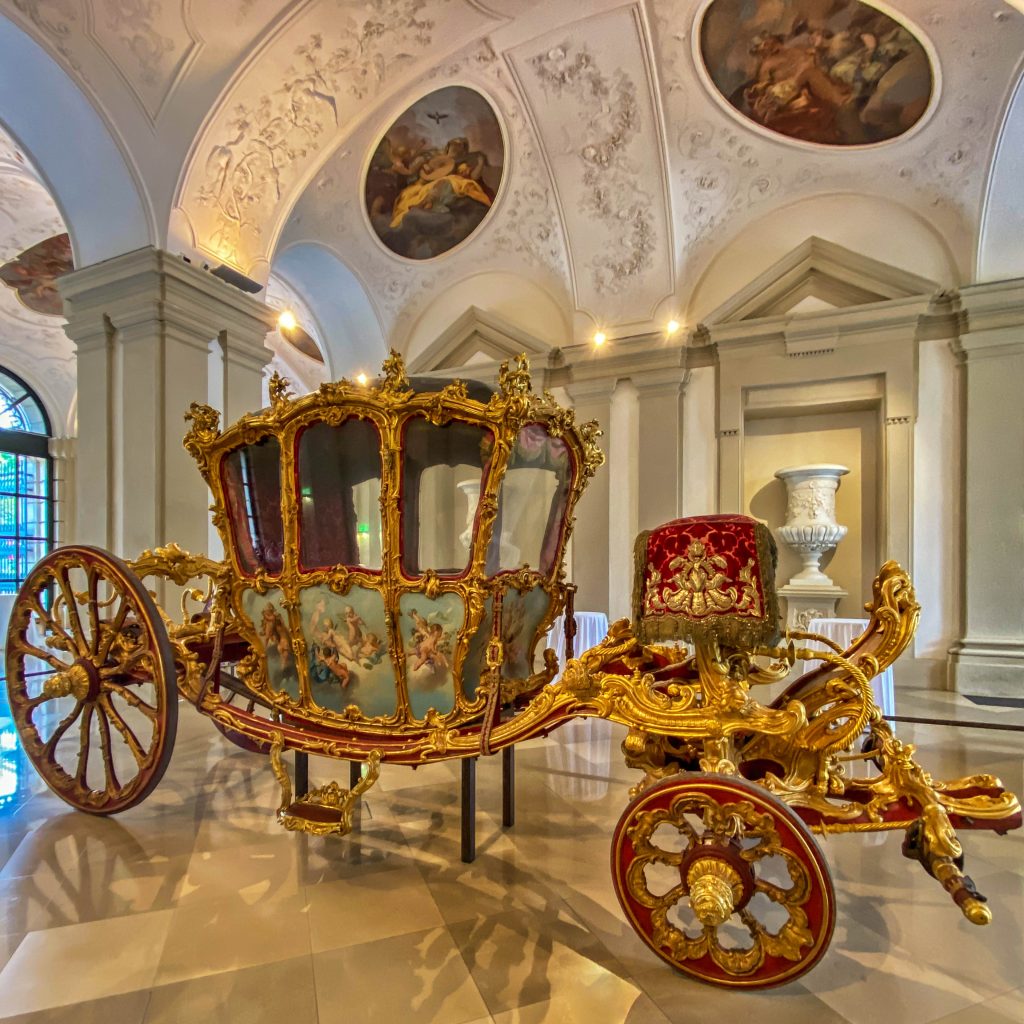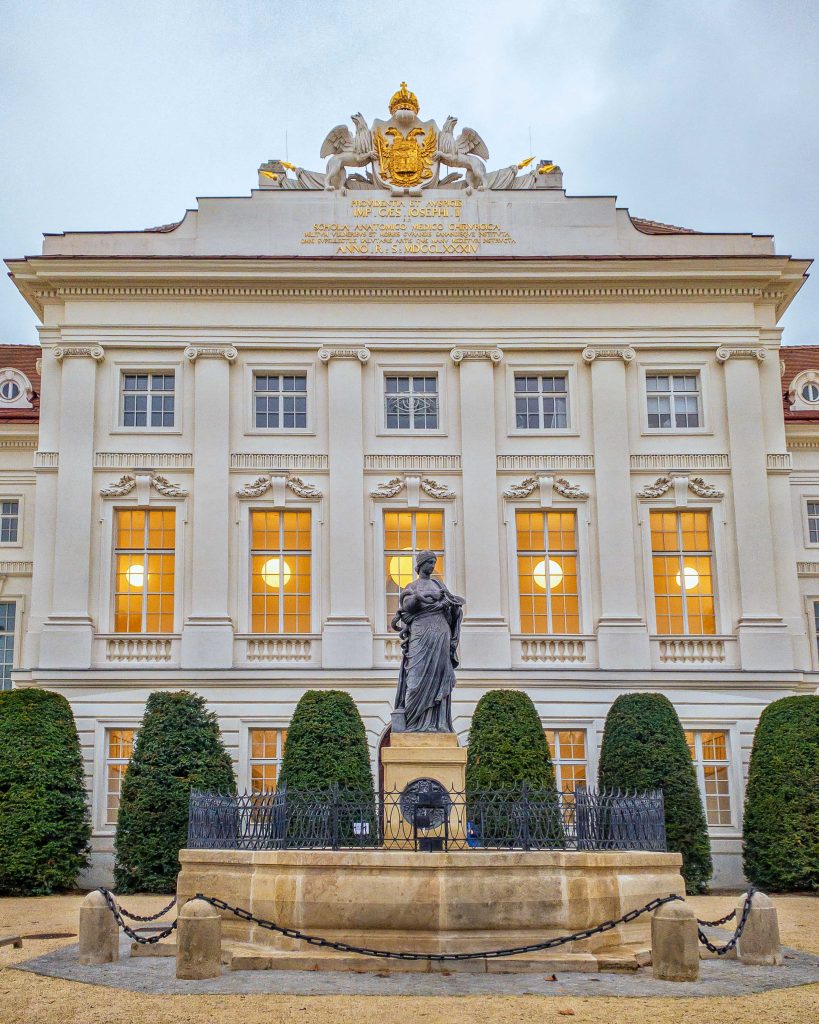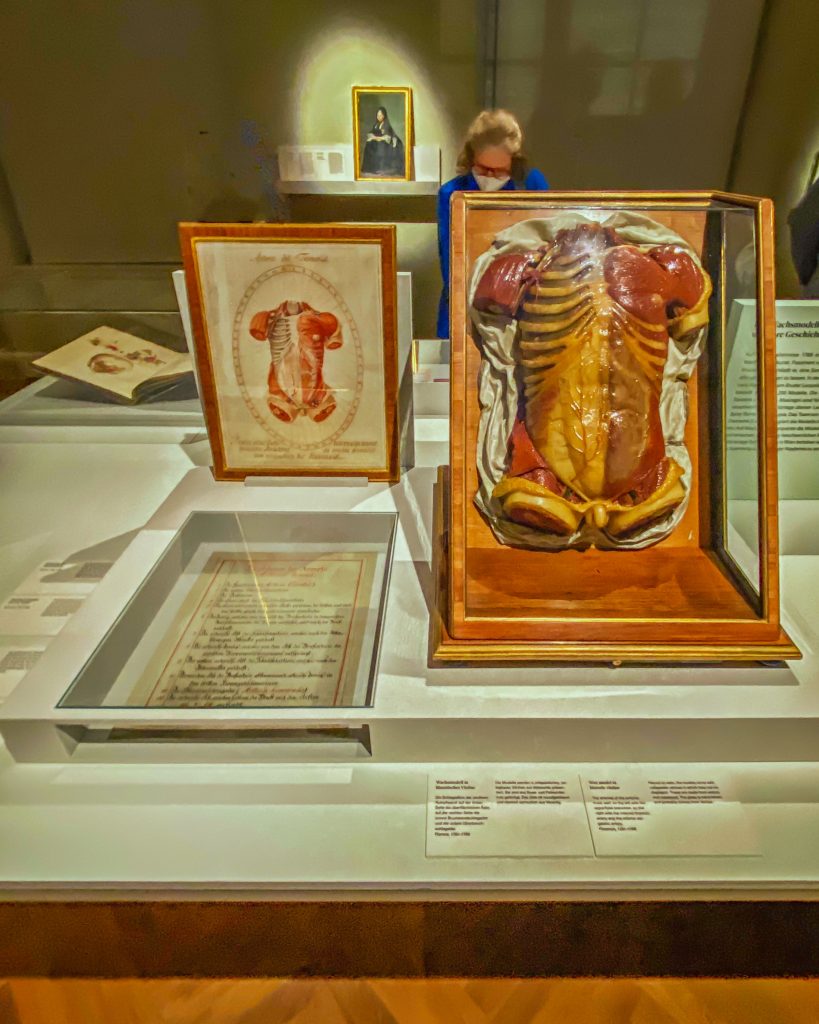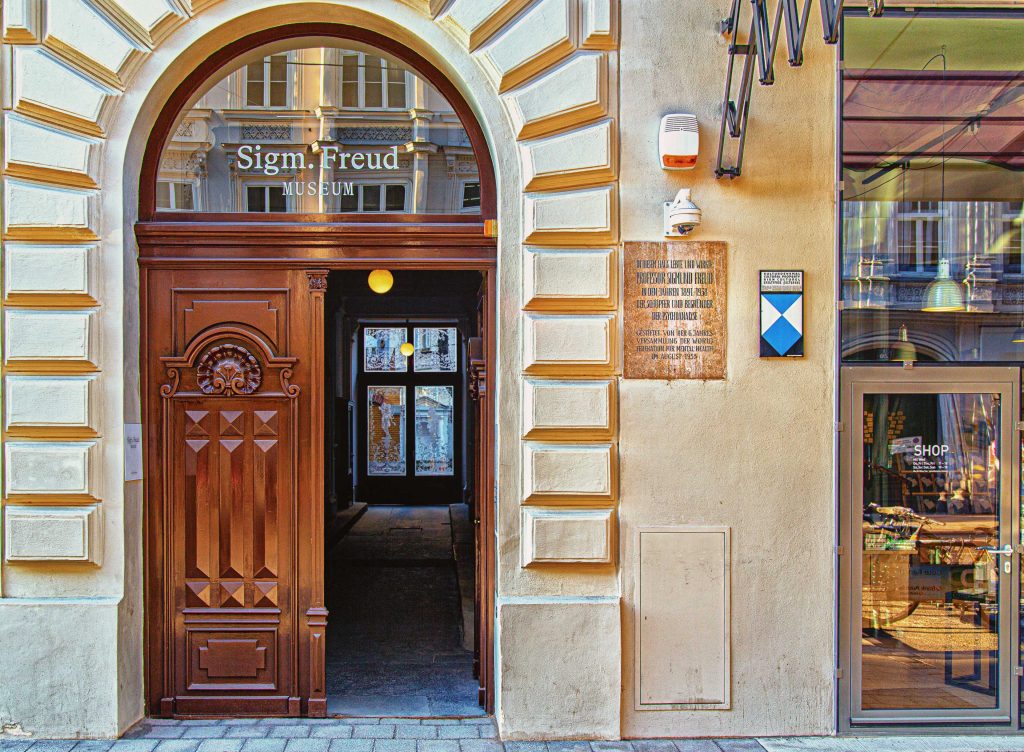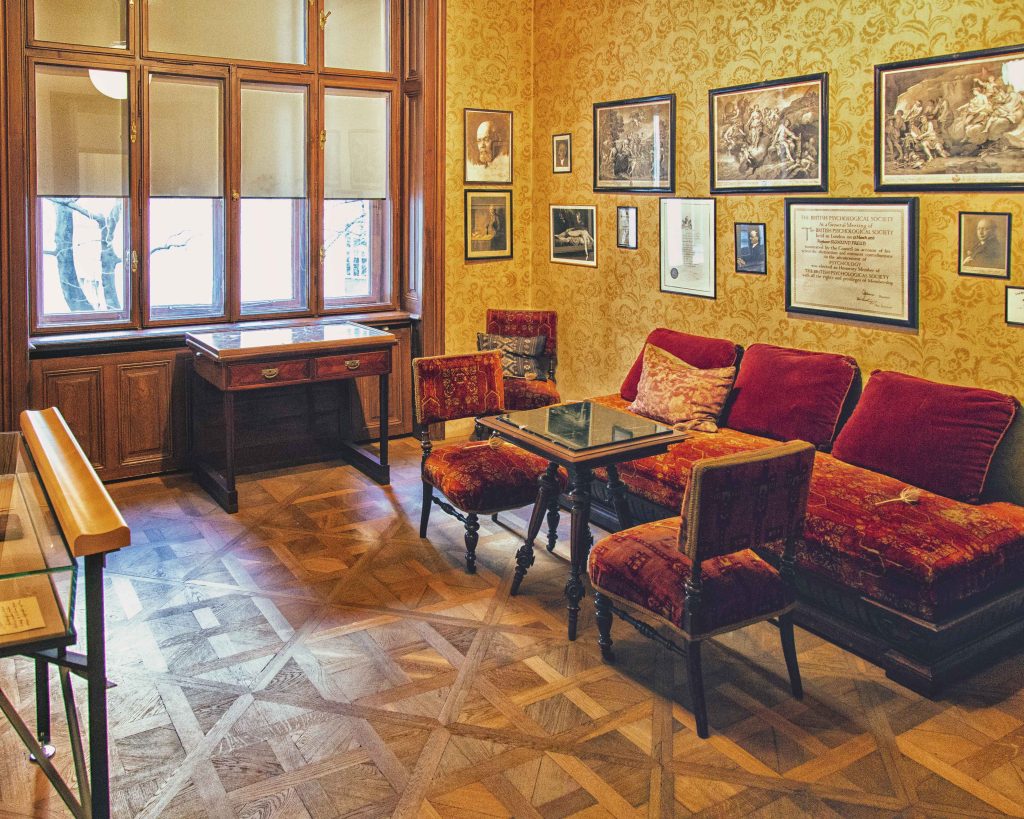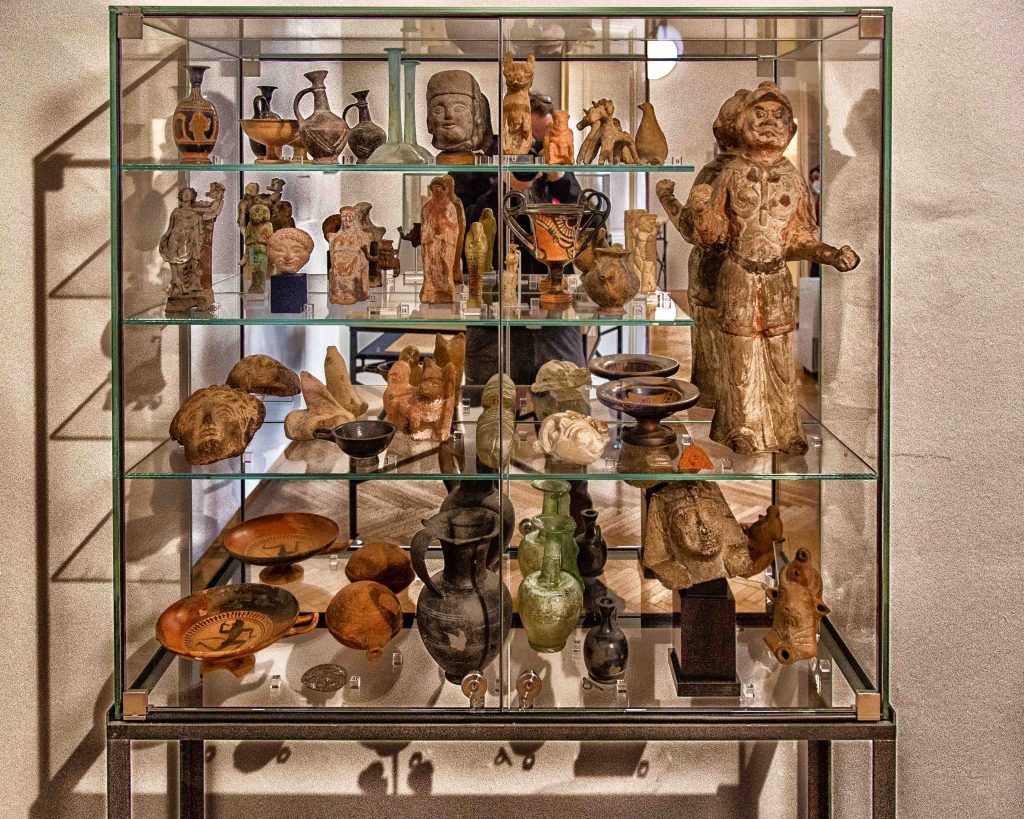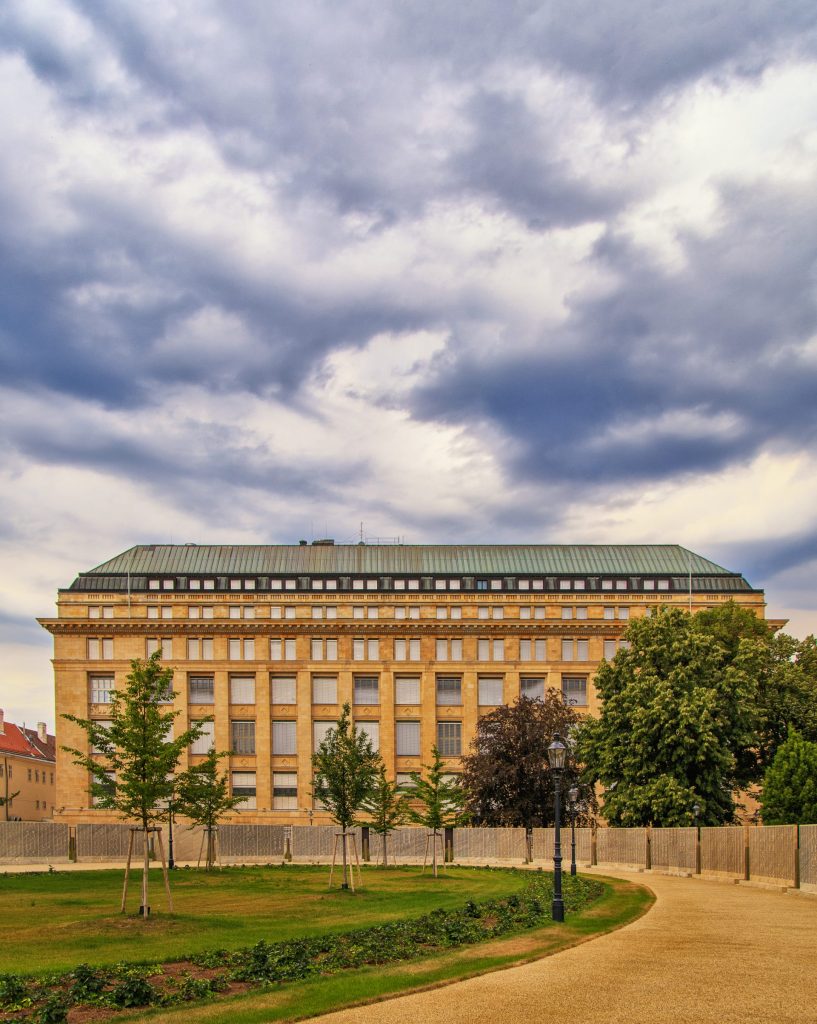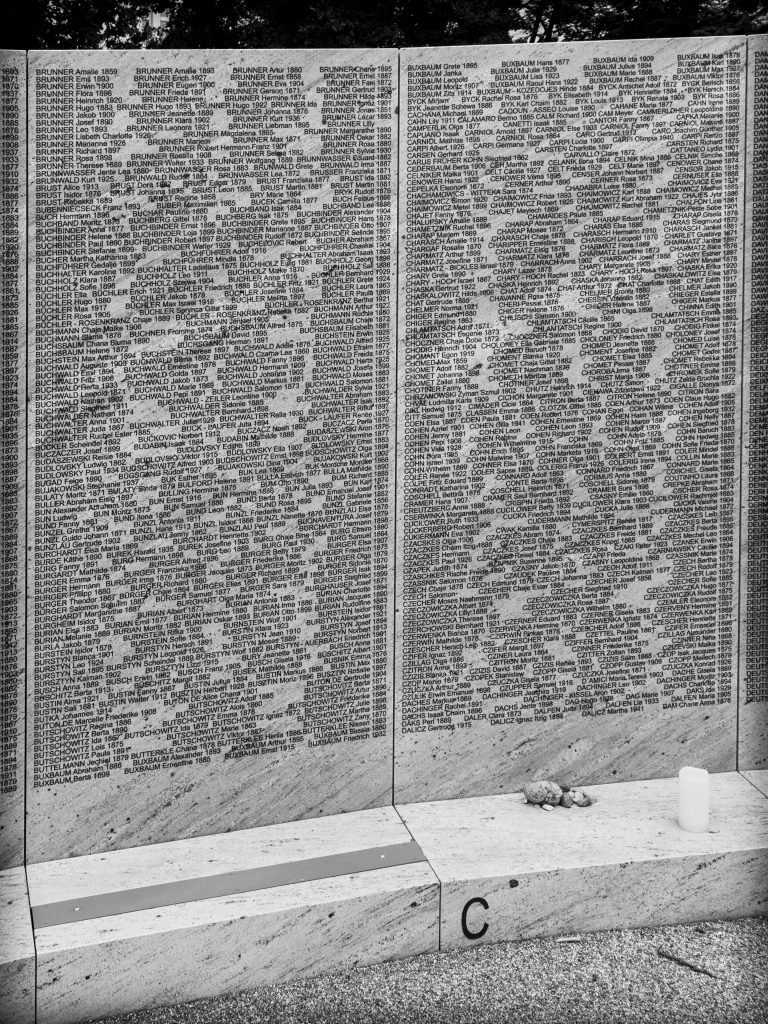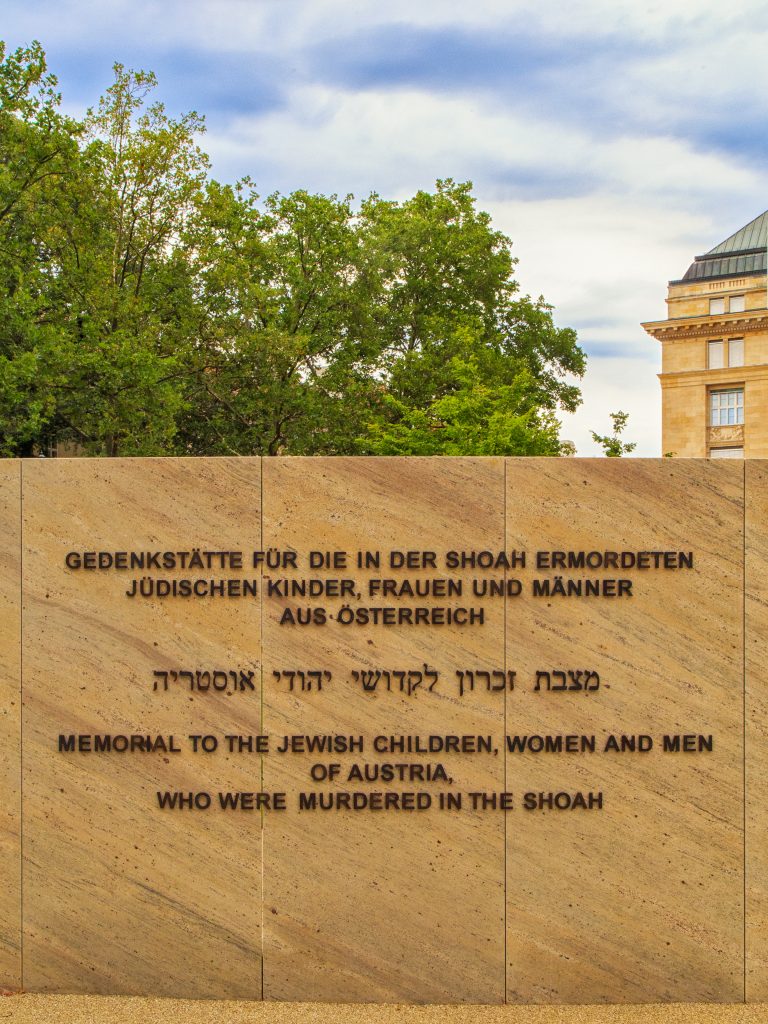Monument to Antonio Vivaldi
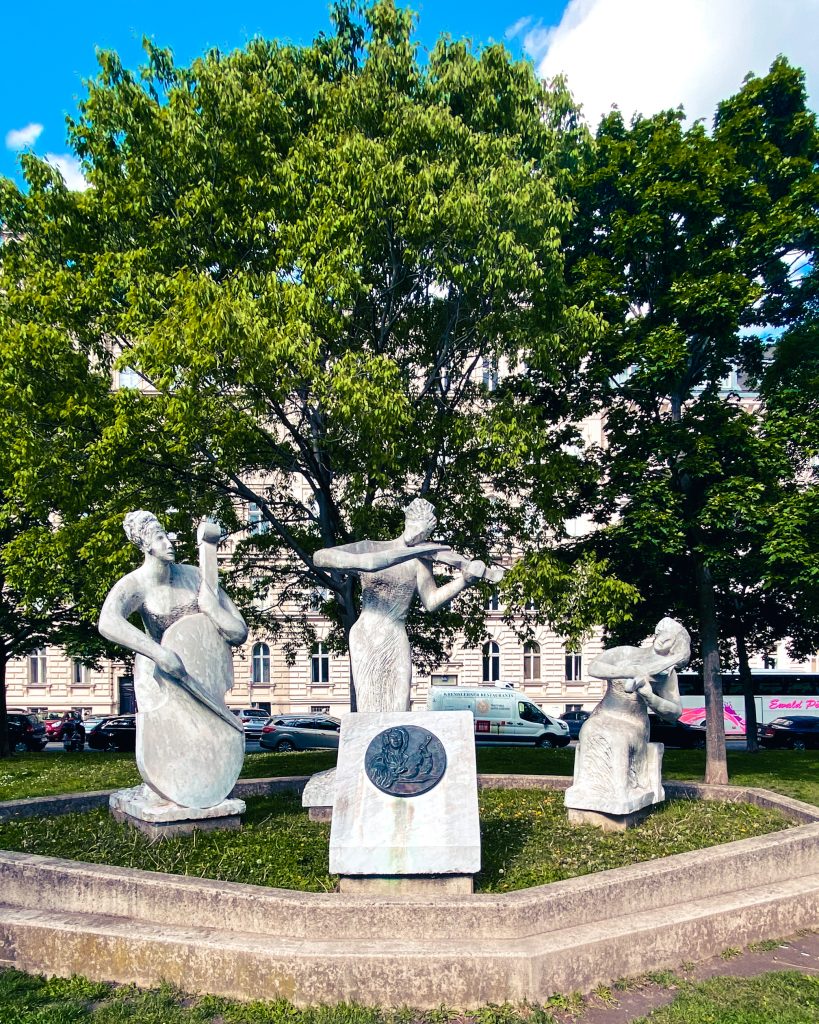
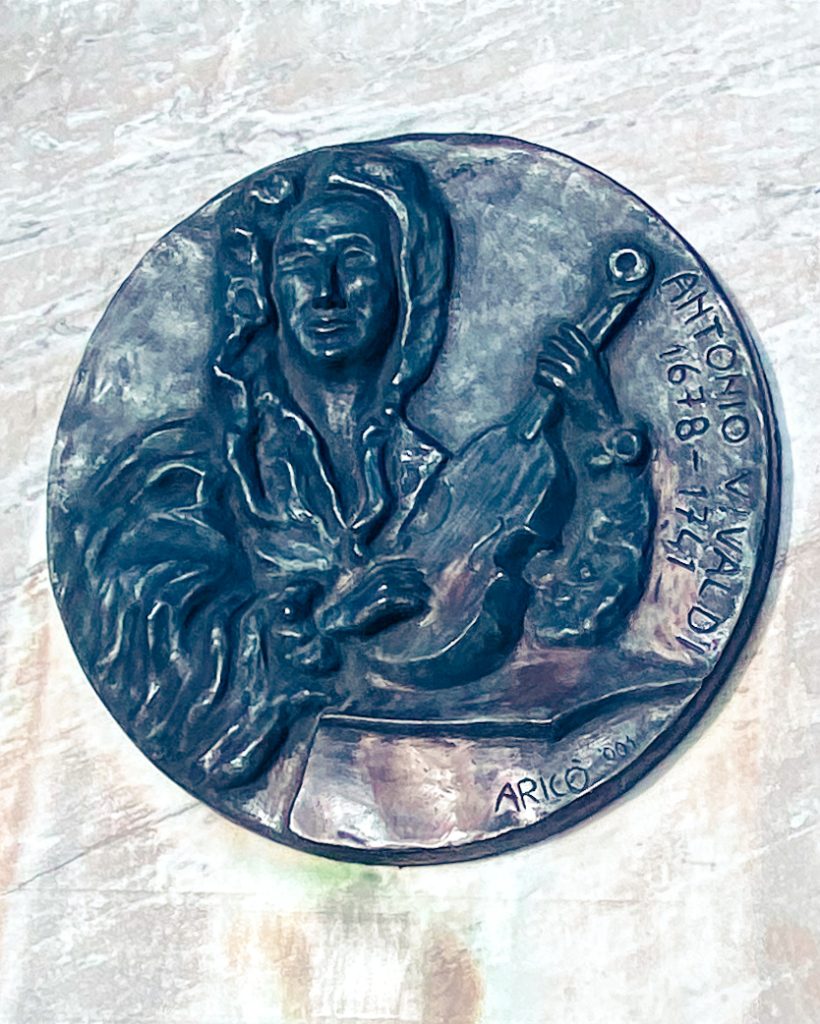
The 2001 monument to Antonio Vivaldi (1678-1741) in the Votive Park next to the Votive Church made of Carrara marble by Italian sculptor Gianni Aricò shows a group of figures with three female musicians, probably an allusion to Vivaldi’s teaching activities at the “Ospedale della Pietà” in Venice, formerly an orphanage for girls, where he gave young women access to the concert business.
In front of it is an inclined plate with a metal relief and a portrait of the famous Venetian-Italian baroque composer and violinist, who was also ordained as a Roman Catholic priest at the age of 25.
The initiators of the monument – the Vienna and Venice Lions Club – wanted to create a symbol of international understanding between Italy and Austria as well as a reminder of Vivaldi’s move to Vienna in 1740, where he died just 10 months after his arrival, unnoticed by the music world, and was buried in the Bürgerspital cemetery in front of the former city wall on today’s Karlsplatz, which is also commemorated by a memorial plaque.
